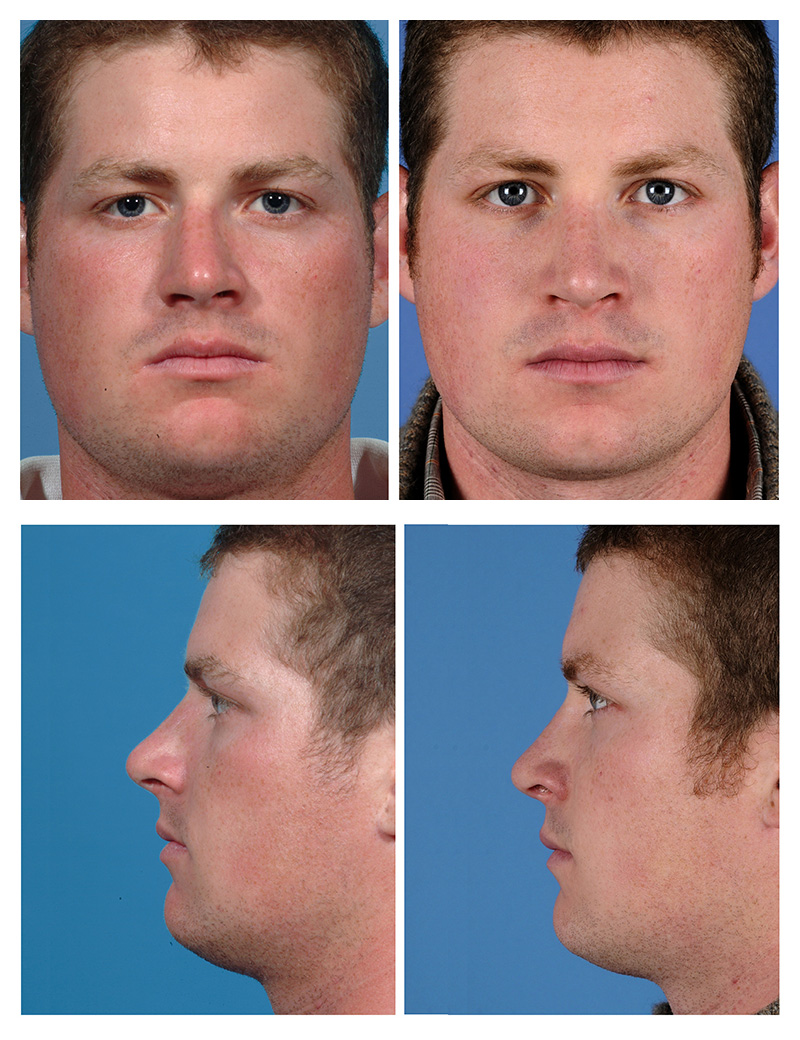Getting The Rhinoplasty - StatPearls - NCBI Bookshelf To Work


Rhinoplasty Gallery - DrMarkarian
The Ultimate Guide To Rhinoplasty Surgery Effectiveness, Risks, and Side Effects
the elevator muscle group that includes the procerus muscle and the levator labii superioris alaeque nasi muscle. the depressor muscle group that includes the alar nasalis muscle and the depressor septi nasi muscle. the compressor muscle group that includes the transverse nasalis muscle. the dilator muscle group that includes the dilator naris muscle that broadens the nostrils; it remains in 2 parts: (i) the dilator nasi anterior muscle, and (ii) the dilator nasi posterior muscle.
B. Looks of the nose nasal subunits and nasal sectors [modify] To prepare, map, and carry out the surgical correction of a nasal defect or deformity, the structure of the external nose is divided into 9 aesthetic nasal subunits, and 6 visual nasal segments, which offer the cosmetic surgeon with the measures for figuring out the size, degree, and topographic location of the nasal flaw or defect.

Rhinoplasty - OHSU
The Ultimate Guide To Dallas Rhinoplasty Center in Dallas-Fort Worth TX
the dorsal nasal segment the lateral nasal-wall sections the hemi-lobule sector the soft-tissue triangle segments the alar sections the columellar section Rhinoplasty: The Common carotid artery. Utilizing Rhinoplasty Seattle Washington -ordinates of the subunits and sections to determine the topographic area of the problem on the nose, the cosmetic surgeon plans, maps, and carries out a rhinoplasty treatment.

Thus, if more than half of an aesthetic subunit is lost (damaged, malfunctioning, destroyed) the cosmetic surgeon changes the whole aesthetic sector, normally with a local tissue graft, harvested from either the face or the head, or with a tissue graft harvested from elsewhere on the patient's body. C. Nasal blood supply arteries and veins [modify] Like the face, the human nose is well vascularized with arteries and veins, and thus provided with plentiful blood.
Top Guidelines Of Rhinoplasty - UPMC Plastic Surgery - Pittsburgh, PA
The external nose is supplied with blood by the facial artery, which ends up being the angular artery that courses over the superomedial aspect of the nose. The sellar area (sella turcica, "Turkish chair") and the dorsal area of the nose are provided with blood by branches of the internal maxillary artery (infraorbital artery) and the ophthalmic arteries that obtain from the internal common carotid artery system.
